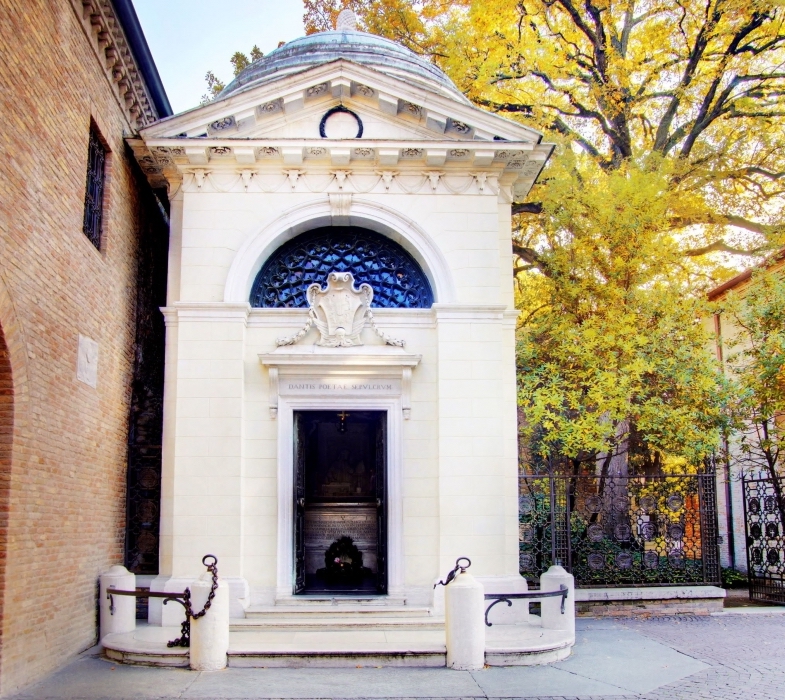New episode out June 5th, at 10am UK time! 😄😄
After the first 3 chapters as a sort of a preamble, the 4th chapter is about the big areas and world of traditions and heritage for Dante – with the Biblical Stories, Greek Philosophy, Literature and Poetry, and History! The Giants who were living before Christ are all gathered here in Limbo as they did not have the opportunity for baptism in their own time. But they are living in brightness and peace in a beautiful palace with natural beauty and flowers.

The Pilgrim with the Poets, and the Castle of Limbo!
Through this fourth chapter Dante the Writer is laying the foundation for the journey and the whole renewal and rebirth of the treasures of the Classical World. And he’s also being a guide for us as readers – as to where to look for these treasures when studying history, literature and philosophy!
The Original Italian version when they see Aristotle has a special emotion in the canto, and also place in the whole Comedy – as the “Master of those who Know”.
vidi ’l maestro di color che sanno
seder tra filosofica famiglia.
Tutti lo miran, tutti onor li fanno:
quivi vid’io Socrate e Platone,
che ’nnanzi a li altri più presso li stanno;
Here is Dorés rendering from a scene in Limbo:

Dante and the Poets in Limbo.
After this canto, the Pilgrim is now better equipped with deep knowledge and inspiration, to embark on the rest of the at times hard and difficult journey towards Happiness!
Thanks for listening,
and enjoy!
😀







